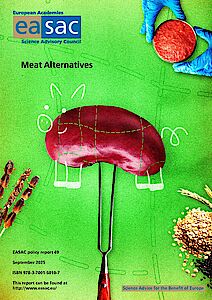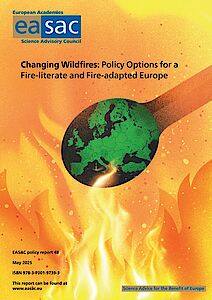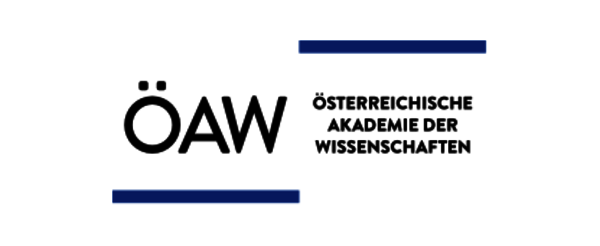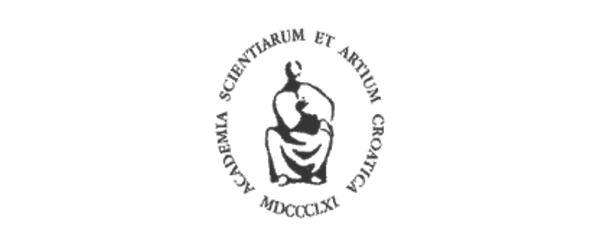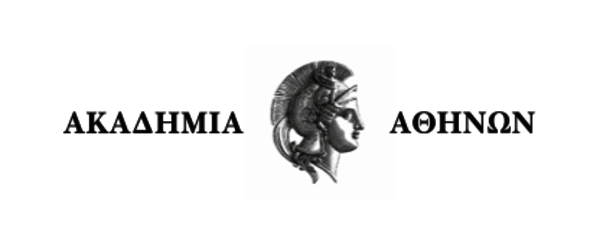Publications
Study on the EU Oil Shale Industry
Abstract:
A study on the EU oil shale industry – viewed in the light of the Estonian experience
A report by EASAC to the Committee on Industry, Research and Energy of the European Parliament.
Summary:
Oil shale is sedimentary rock containing up to 50% organic matter. Once extracted from the ground, therock can either be used directly as fuel for a power plant, or be processed to produce shale oil and other chemicals and materials. It is widely distributed around the world – some 600 deposits are known, withresources of the associated shale oil totalling almost 500 billion tonnes, or approximately 3.2 trillion barrels. Yet, with a few exceptions, these deposits are little exploited – competition from gas and liquid oil, environmental considerations and other factors make exploitation of oil shales relatively unattractive.
Oil shales of different deposits differ by, for example, genesis, composition, calorific value and oil yield. There is currently no comprehensive overview of oil shale resources and their distribution around the world, so it is not possible to reach detailed conclusions that apply to oil shales as a whole. For example, while the organic matter content of oil shales can be as high as 50% in some very high grade deposits such as the Estonian Kukersites, in most cases it varies between 5 and 25%. Because of that the heating value of oil shale is highly variable, but in most cases is substantially less than 3000 kcal/kg. Compared to other traditional solid fuels, the heating value of oil shale is limited. In the best cases, it is comparable to that of brown coal or average forest residues, but less than half of that of average bituminous coal.
Within the EU, oil shales are found in 14 Member States. While some areas of the EU – eg France and Scotland – have had long experience of exploiting oil shales at earlier periods of their history, currently only Estonia is actively engaged in exploitation on a significant scale. The Estonian oil shale deposit accounts for just 17% of all deposits in the EU, but Estonia generates over 90% of its power from oil shale, and the oil shale energy sector accounts for 4% of Estonian GDP. At a time of increasing concern with energy policy in general, and self-sufficiency and security of supply in particular, policy-makers must consider all possible sources of energy. It was against that background that the Industry, Technology,Research and Energy Committee of the European Parliament commissioned EASAC to prepare this brief report.
back to overview

